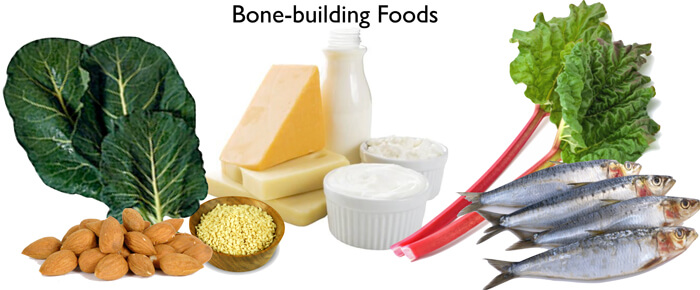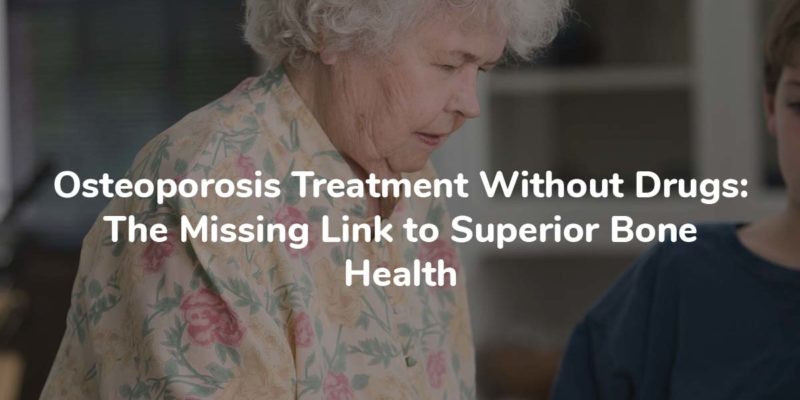Is Bone-Building Milk also Good for Joints? Harvard Study Says “Yes!”
What are side effects of calcium supplements?
Is dairy paleo? Revising history with new persectives on flocks of goats, femur bones and feckless nutritionism
Are Calcium Supplements Safe?
Osteoporosis Treatment Without Drugs: The Missing Link to Superior Bone Health
Raw Milk-Why Mess With Udder Perfection?
Who Should Get Vitamin D Testing?
We all know our skin makes vitamin D during sun exposure, so you’d think that most of us here in Hawaii would have plenty of vitamin D, right? Wrong. A study done on prototypical surfer-dudes in Honolulu, titled: Low Vitamin D Status Despite Abundant Sun Exposure (Binkely, 2007) found that, amazingly, more than half (51 percent) had less-than-optimal blood levels of vitamin D and were therefore putting their bodies at risk. At risk for what? Low vitamin D has been associated with overweight and obesity, as well as a variety of serious medical conditions, including cancer, heart failure, mental illness,…
Recommended Vitamin D Intake Overdue for an Increase
“Vitamin D’s star is on the rise and researchers say it’s about time.” –AMA News, April 27, 2009 The government’s recommended intake (RDA) for D may underestimate the true amount we need by a factor of ten, according to Michael Holick MD, Ph.D., at Boston University Medical center. Current recommendations are for 200-400 I.U. per day, depending on age. But Dr. Hollick suggests that our true needs may be on the order of 2,000 I.U. Since studies show that most people consume very little D and don’t get enough from sun exposure, there is a nearly universal shortfall of vitamin…
Bone Drugs Problematic
Bone Density…What’s It All About?
For years I've avoided putting my patients on fosamax and related drugs for "bone health," because according to the package insert, these drugs don't make bones healthy. They prevent part of the natural cycle of bone growth, called bone resorption, and by doing so make them denser looking on bone scans. Dense bones might sound like a good thing, but realize that a stick of chalk would look really dense on XRay, and it snaps in your fingers. Healthy bone that won't break when you slip and fall is a matrix of protein and minerals, and just adding more minerals…






